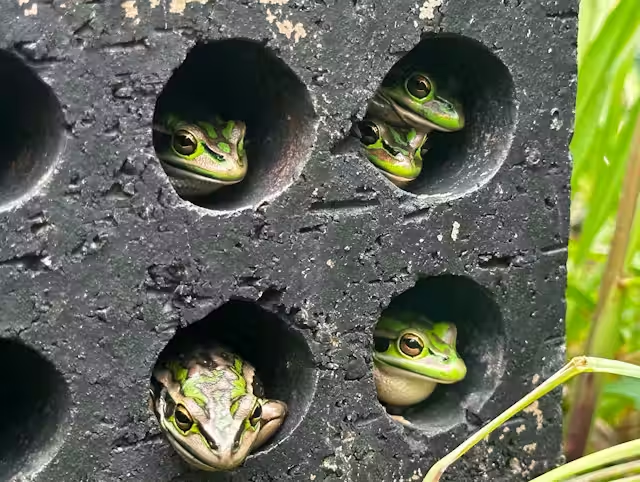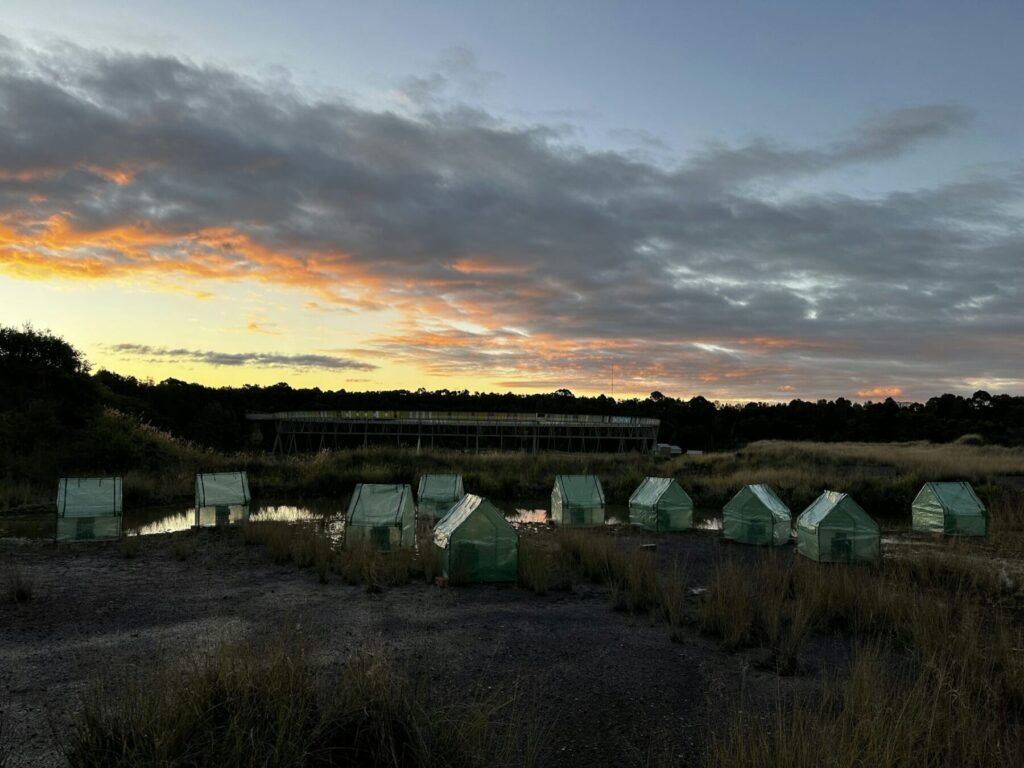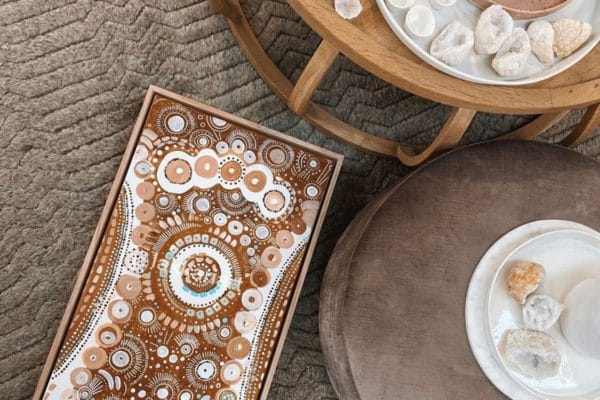If you’ve ever spotted a frog hiding out in your garden, you’re already playing host to one of the world’s most at-risk animals. And thanks to a simple DIY idea from Australian researchers, there’s now something you can do to help them survive the winter.
Frog saunas are small, sun-warmed shelters that give frogs a safe place to heat up. Designed using basic materials from your local hardware store, they mimic a natural basking spot and help frogs fight off chytrid, a deadly fungus that’s been driving hundreds of species into decline.
They’re easy to build, low-cost, and backed by real science, and for gardeners and nature lovers, they offer a rare chance to take part in real conservation, right at home.

The Fungus That Hates Warmth
Chytrid fungus is a skin disease so devastating it’s believed to have contributed to the decline of more than 500 amphibian species, with at least 90 now presumed extinct.
It thrives in cool, damp conditions and hits hardest in winter. That gave Dr Anthony Waddle and his team from Macquarie University an idea: what if frogs had access to warm, sunlit spaces during the colder months? Could they, quite literally, bake off the infection?
Turns out, yes.
In both lab and outdoor experiments, researchers found that when frogs had access to warm spots — either through naturally sunny patches or a purpose-built “frog sauna” — they not only cleared the infection faster, they also developed a kind of resistance. Frogs that recovered with heat were 22 times more likely to survive a second infection than those without it.
What Exactly Is a Frog Sauna?
Dr Waddle’s team designed simple, heat-trapping structures made from black-painted clay bricks housed inside a small clear greenhouse. When placed in full sun, they create a warm microclimate that frogs can enter and leave freely, just enough time to boost their immune response and move on.
Frogs gravitate toward them like reptiles to a rock. Heating up, self-medicating, and moving on. In trials, wild frogs used them voluntarily, spending just enough time inside to warm up and kickstart their immune response.

The structures are now in use at places like Sydney Olympic Park, home to one of the last major populations of green and golden bell frogs, a species that’s lost over 90% of its historic range since chytrid arrived in Australia.
How To Build a Frog Sauna
If your garden already attracts frogs — or you’d like to create a space that does — building a frog sauna is one of the simplest and most hands-on ways to help them through winter.
Here’s what you’ll need:
- Common 10-hole clay bricks
- Black spray paint (non-toxic, water-based preferred)
- Cable ties or wire
- A clear plastic tub or small greenhouse
Stack the bricks into a compact structure, paint them black to absorb sunlight, and place the whole thing in a sunny spot inside your mini-greenhouse. That’s it. Frogs can enter and exit freely, and the heat they soak up could help them naturally fight off infection.
Tip: If you’re in a cooler climate, position your sauna to catch the morning sun and avoid shaded spots. If you’ve got predators like cats or birds nearby, consider placing some leaf litter or ground cover nearby for safe entry and exit.
This is where a small backyard project connects directly with serious conservation science. As Dr Waddle explains in this ABC feature, giving frogs access to warm microhabitats could be key to their long-term survival in a changing climate.
More Citizen Science
And if you want to do even more, consider downloading FrogID, a free app by the Australian Museum. It lets you record and identify frog calls in your area, helping researchers map populations and track how local species are faring.


